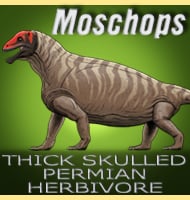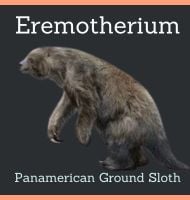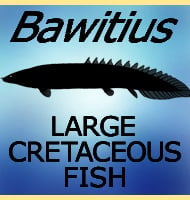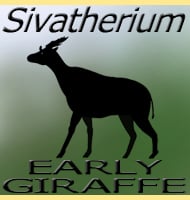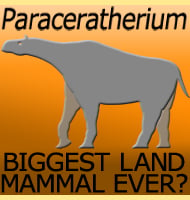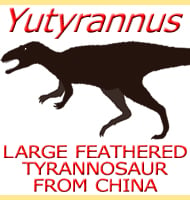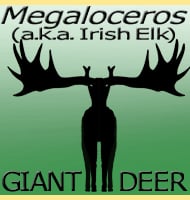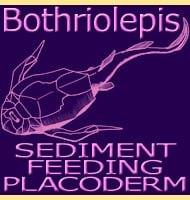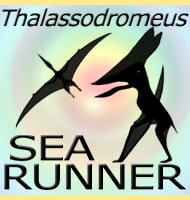In Depth
Discovered in 2009 and described in 2012, Eoabelisaurus was a ground breaking discovery in our understanding of the abelisaurid theropods. So far most abelisaurids are known from the later stages of the Cretaceous period, yet the holotype Eoabelisaurus has been confidently assigned to the early stages of the Mid Jurassic. Also at around six and a half meters long, Eoabelisaurus was not the largest theropod of the time, but it was no lightweight either. Although so far lacking in other fossil deposits, this is a strong indication that the abelisaurid theropods were part of the Mesozoic landscape all the while that the megalosaurids, allosaurids, carcharadontosaurids, spinosaurids and even the tyrannosauroids at the end of the Cretaceous amongst many other types of theropod. This would indicate that the abelisaurid theropods were among the most successful of all of the known dinosaurs.
As a mid-sized predator, Eoabelisaurus probably focused its attentions upon hunting similarly sized or smaller dinosaurs, including primitive sauropods and ornithiscian dinosaurs that would have been fairly common in South America during the Mid Jurassic. One thing of note however is that the holotype remains of Eoabelisaurus have been interpreted as being either from a subadult or adult individual. If the former is true, then it would be a realistic expectation that fully grown Eoabelisaurus would have been slightly bigger than the six and half meters for the holotype specimen.
Further Reading
– A Middle Jurassic abelisaurid from Patagonia and the early diversification of theropod dinosaurs. – Proceedings of the Royal Society of London, B 279:3170-3175. – D. Pol & O. W. M. Rauhut – 2012.

